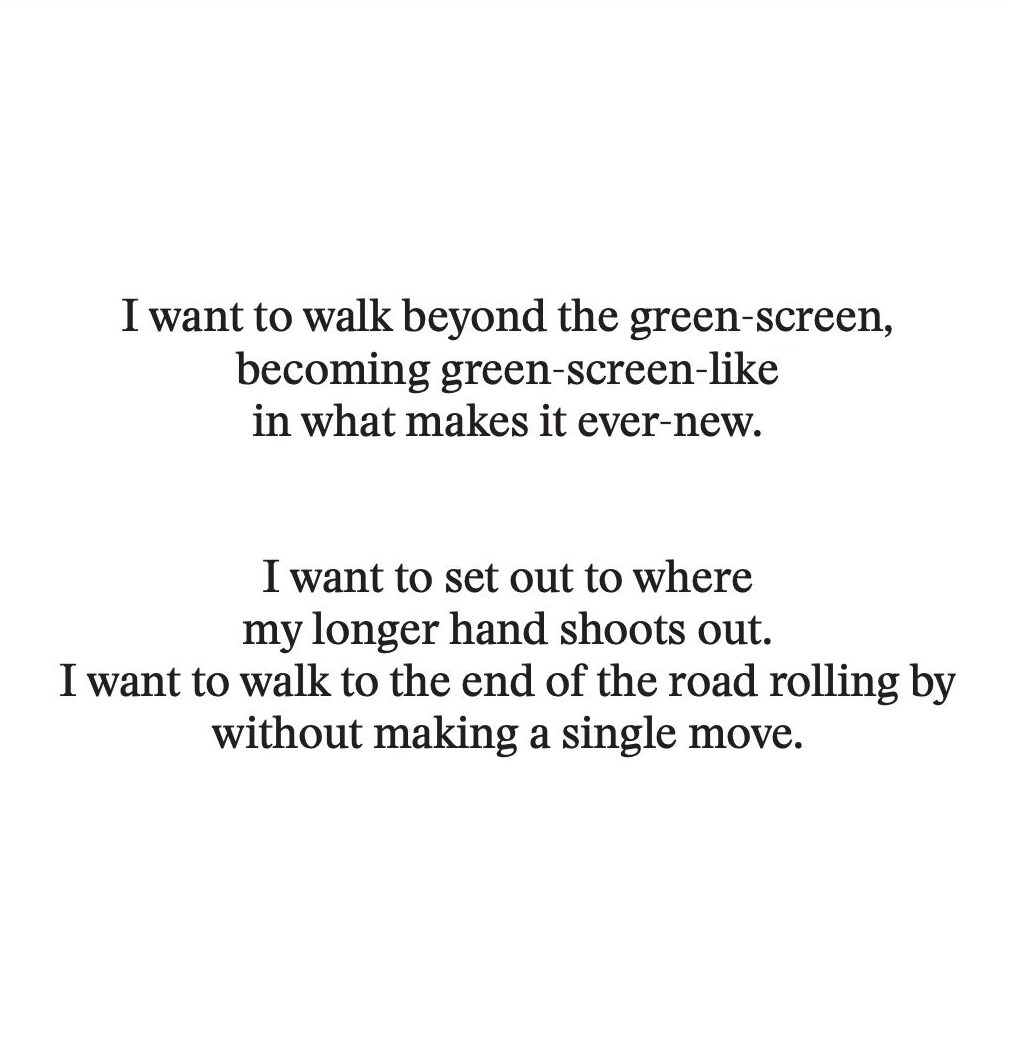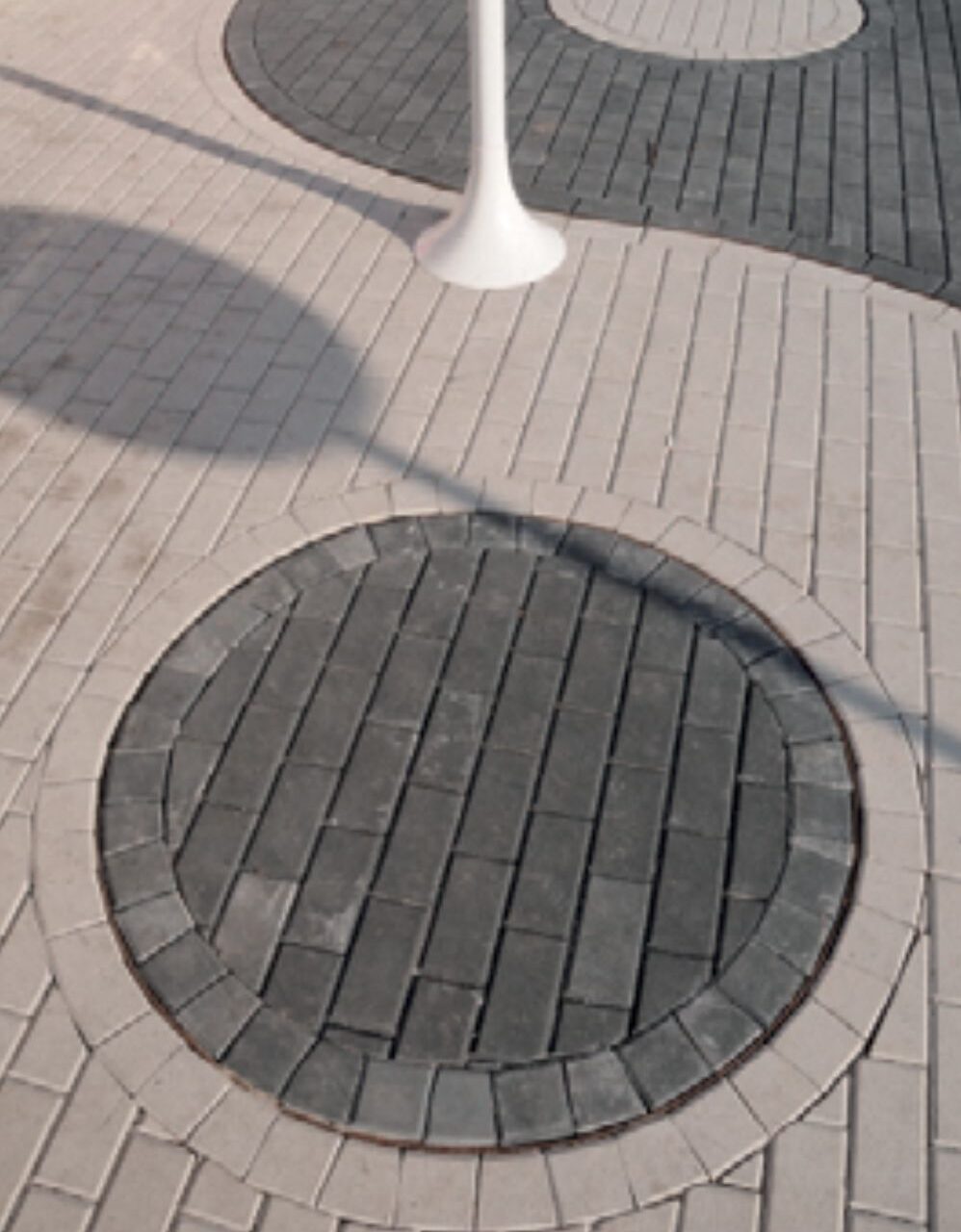New Utopias
Utopias are necessary. For a certain time, they seemed like an outdated concept whose fate was bound to the various rises and falls of the twentieth century. But this is not the case. They’re still here, gradually adopting different scales, contexts and forms. Welcome to the new utopias of the twenty-first century— and also to a situation we have not yet experienced on the global scale: the COVID-19 pandemic, which affects entire population groups and also our democratic values. Once we get out of it, the world will be different and we’ll need new visions even more than before.
In the past, certain periods seemed to favor utopias and attempts to introduce them into prac- tice, alternating with dystopian intervals. The cyclic nature of utopias and dystopias form the yin-yang spinning around us, the struggle between beautiful and truly good ideas with that evil and unpredictable reality that usually sweeps them off the table somewhere into the void. Black Mountain College, captured in the photographs of Hazel Larsen Archer, which in its time developed the innovative heritage of the Bauhaus within the new possibilities of America, generated a breathtaking number of exceptional artists, raising the question of whether it is really necessary for every utopia to perish.
We are hurtling through the tunnel of post-capitalist structures that can skillfully sweep away even the cleanest ideal, transforming it through a series of arguments and procedures of pragmatic technocratism into nothing other than a new product. Or a new product with a new label. As a warm-up to follow this post-capitalist dose of emotions (and diseases), we can allow ourselves a little personal therapy to the oft-cited pain brought about by a single statement—an assertion that many believed and many were hurt by: “There is no alternative”—boy oh boy, Margaret Thatcher, there are so many!
We attempted to focus on utopias that open doors to other worlds, worlds that open doors to solutions to the problems of this world. This journey can be circular, round like bread made by Future Farmers, or it can be liquid nomadism as practiced by Nomadic State, originally from Poland. Their idea of a state that need not be bound to land and ownership is a point of departure which offers a new and liberated view of the attributes of the state or its societies.
I am of the opinion that if we were to abstract the efforts of the artists selected for this issue, we would see the whole as a path, movement and circle, all of which can be healing for the current behavior of people on Earth. A journey or path do not allow one to stay in place—which is exactly what consumerist society is obstinately doing at the moment, or rather stomping its feet in the dust of aridity and other ailments. And the circle as a shape that, unlike the rising curves of all manner of graphs—which are always cut off —has the capacity to conceive of things in their wholeness.




#36 new utopias
Archive
- #45 hypertension
- #44 empathy
- #43 collecting
- #42 food
- #41 postdigital photography
- #40 earthlings
- #39 delight, pain
- #38 death, when you think about it
- #37 uneven ground
- #36 new utopias
- #35 living with humans
- #34 archaeology of euphoria
- #33 investigation
- #32 Non-work
- #31 Body
- #30 Eye In The Sky
- #29 Contemplation
- #28 Cultura / Natura
- #27 Cars
- #26 Documentary Strategies
- #25 Popular Music
- #24 Seeing Is Believing
- #23 Artificial Worlds
- #22 Image and Text
- #21 On Photography
- #20 Public Art
- #19 Film
- #18 80'
- #17 Amateur Photography
- #16 Photography and Painting
- #15 Prague
- #14 Commerce
- #13 Family
- #12 Reconstruction
- #11 Performance
- #10 Eroticon
- #9 Architecture
- #8 Landscape
- #7 New Staged Photography
- #6 The Recycle Image
- #5 Borders Of Documentary
- #4 Intimacy
- #3 Transforming Of Symbol
- #2 Collective Authorship
- #1 Face
